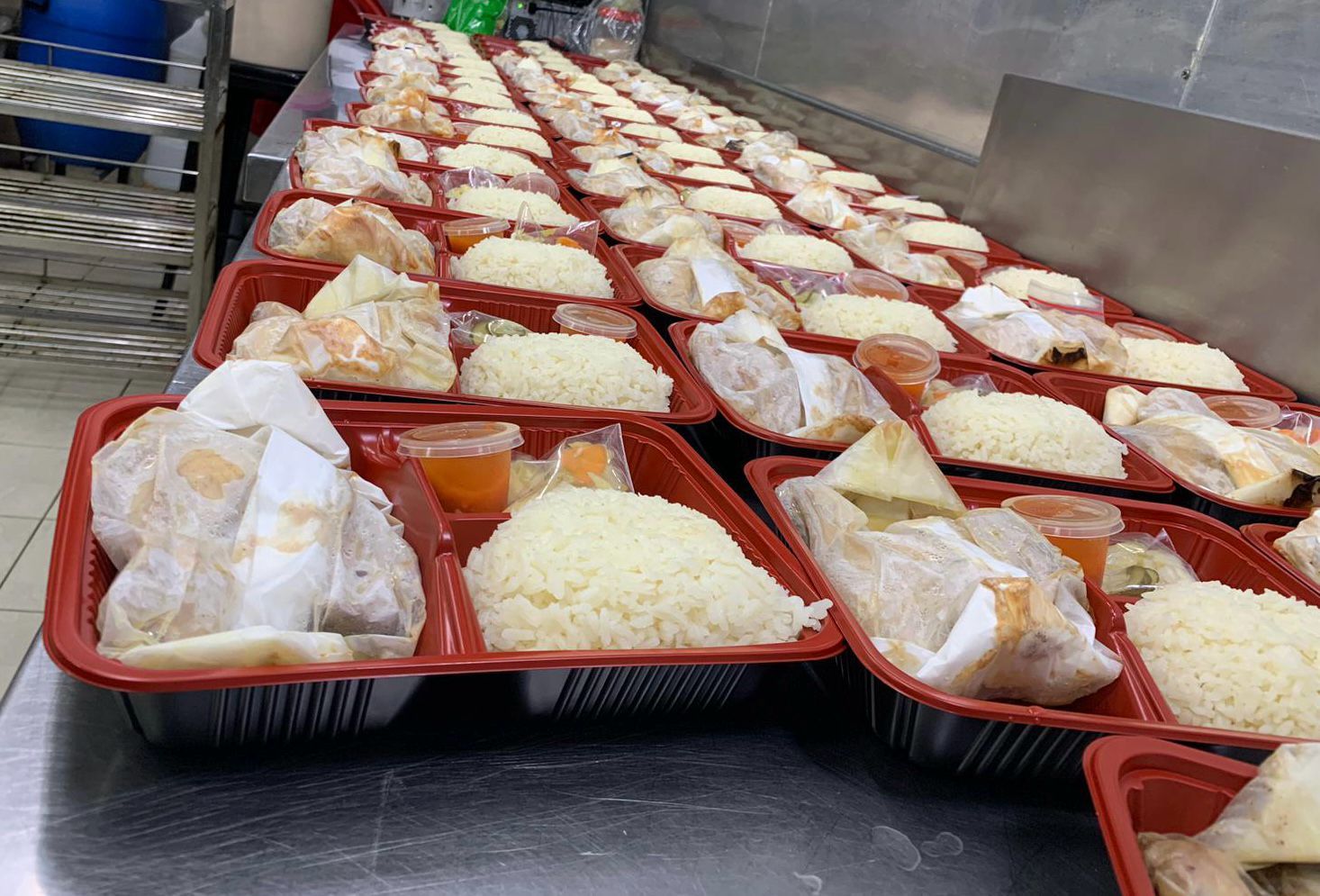8 Ways to build a community around your food kiosk brand?
Building a strong community around your food kiosk brand can significantly enhance customer loyalty, drive repeat business, and boost your overall success. Here’s a comprehensive guide to creating a thriving community for your food kiosk, leveraging membership programs, loyalty schemes, and customer retention strategies.
1. Create a Membership Program
A well-structured membership program can serve as the foundation for your community-building efforts. Here’s how to get started:
Offer Exclusive Benefits
Provide members with exclusive perks such as discounts, early access to new menu items, and special event invitations. This creates a sense of belonging and makes customers feel valued. Members who feel they are getting special treatment are more likely to stay loyal and promote your brand to others.
Simplify the Signup Process
Make it easy for customers to join your membership program. Use a simple online form or integrate the signup process with your POS system for a seamless experience. The easier it is to join, the more likely customers will sign up, increasing your member base quickly.
2. Implement a Loyalty Program
Loyalty programs are powerful tools for encouraging repeat business and fostering a sense of community.
Reward Frequent Visits
Implement a points-based system where customers earn points for every purchase. Offer attractive rewards like free meals, discounts, or special merchandise when they accumulate enough points. This encourages customers to visit more often and spend more to earn rewards.
Personalize Rewards
Use customer data to tailor rewards based on individual preferences. Personalization makes customers feel special and appreciated, enhancing their loyalty to your brand. For example, if a customer regularly buys a specific item, offering them a reward related to that item can make them feel understood and valued.
3. Engage Customers on Social Media
Social media platforms are excellent for building and nurturing a community around your food kiosk brand.
Share Engaging Content
Regularly post content that resonates with your audience, such as behind-the-scenes looks, customer testimonials, and mouth-watering images of your dishes. Engaging content keeps your brand top of mind and encourages followers to interact with your posts.
Encourage User-Generated Content
Invite customers to share their experiences on social media and feature their posts on your profiles. This not only promotes your brand but also fosters a sense of community among your customers. User-generated content acts as authentic testimonials and can be highly persuasive for potential customers.
4. Host Events and Promotions
Hosting events and promotions can create excitement and bring your community together.
Special Events
Organize events like cooking classes, tasting sessions, or meet-and-greets with your chefs. These events can help you build deeper connections with your customers. They also provide opportunities for customers to interact with your brand in a fun and memorable way.
Limited-Time Promotions
Offer limited-time promotions or themed days to create buzz and encourage customers to visit more frequently. Promotions such as “Happy Hour” or “Buy One Get One Free” can drive traffic during slower periods and create a sense of urgency.
5. Collect and Act on Customer Feedback
Listening to your customers and acting on their feedback is crucial for community building.
Surveys and Feedback Forms
Regularly collect feedback through surveys or feedback forms. This shows customers that you value their opinions and are committed to improving their experience. Use this feedback to make informed decisions about menu changes, service improvements, and new initiatives.
Implement Changes
Act on the feedback you receive by making necessary changes. Whether it’s adding a new menu item or improving service speed, showing that you listen to your customers can significantly boost their loyalty. Communicate these changes to your customers to show them that their voices have been heard.
6. Build a Referral Program
Referral programs can help you grow your community by leveraging your existing customers.
Offer Incentives
Encourage customers to refer their friends and family by offering incentives like discounts or free items for both the referrer and the new customer. This not only brings in new customers but also rewards your loyal patrons.
Simplify the Process
Make the referral process easy and straightforward. Provide customers with a simple way to share referral links or codes. The easier it is for customers to refer others, the more likely they will do so.
7. Leverage Technology
Use technology to enhance your customer engagement and community-building efforts.
CRM Systems
Implement a CRM system to manage customer interactions and data. This can help you personalize communication, track customer preferences, and tailor your loyalty program. A CRM system can also automate many aspects of customer engagement, making your operations more efficient.
Mobile Apps
Develop a mobile app for your food kiosk that includes features like online ordering, loyalty point tracking, and exclusive offers. An app can make it more convenient for customers to engage with your brand. Push notifications can keep customers informed about promotions and new offerings.
8. Focus on Excellent Customer Service
Outstanding customer service is the cornerstone of a loyal community.
Train Your Staff
Ensure your staff are well-trained, friendly, and knowledgeable. Excellent service can turn one-time visitors into loyal customers. Staff who go the extra mile to ensure customer satisfaction can create lasting positive impressions.
Consistency
Maintain consistent quality in both your food and service. Consistency builds trust and encourages repeat business. Customers need to know they can rely on your food kiosk for a great experience every time they visit.
Building a community around your food kiosk brand involves creating meaningful connections with your customers through membership and loyalty programs, engaging content, events, and excellent customer service. By leveraging these strategies, you can foster a loyal customer base that not only frequents your kiosk but also advocates for your brand.
Ready to build a thriving community around your food kiosk? Start implementing these strategies today and watch your customer loyalty soar!
Interested in a CRM Based POS System, QR ordering or a standalone CRM membership system?
Send an Enquiry!
You might also like



